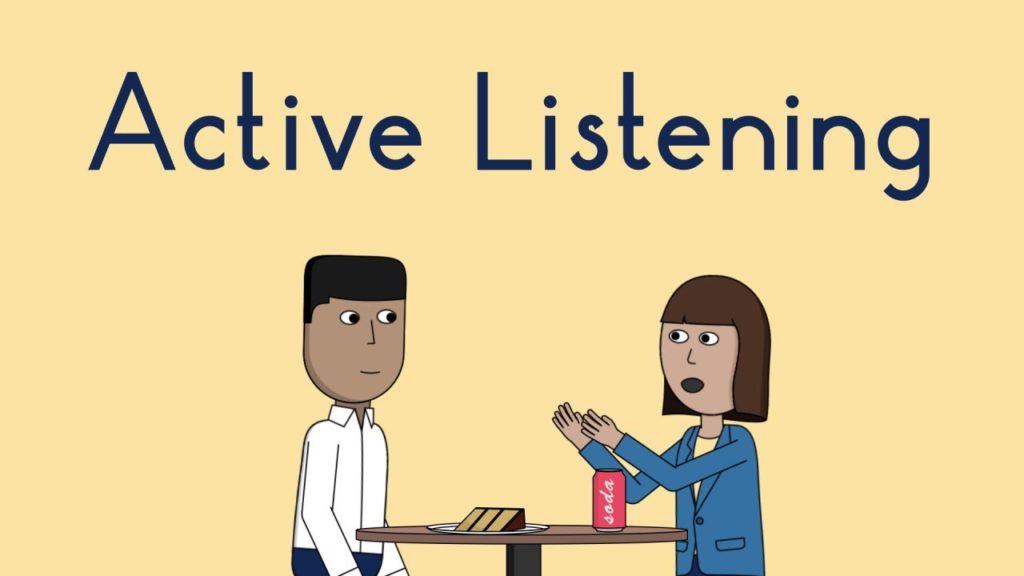

In management, AL is an important factor of the client-centered therapy developed by C. Therefore, it is obvious that, if managers want to be successful, they should listen to their staff and customers and get their feedback ( 15). Supervisors with better listening attitudes and skills enhance their communication with subordinates, which could result in the subordinates’ perceiving that they have more support, which causes them to feel better about their work and their supervisor ( 14). It is certain when leaders allocate time to listen actively, they build trust and commitment in their work and this is different from one-way communication and issuing orders to people ( 13). Managers listen to their staff’s ideas and have the ability to draw out their best advice. Listening requires the managers to understand that their staff and customers are important. So, many organizations try to improve this skill in their managers ( 11, 12). The role of communication skill, especially listening, is very important for managers, because listening is a critical factor in their effectiveness, and creative managers are good listeners. According to these factors, we can consider five subscales for active listening, i.e., avoiding interruption, maintaining interest, postponing evaluation, organizing information, and showing interest ( 7– 10). Review of different texts and references showed that we can consider three principal factors for AL, i.e., listening attitude, listening skill, and conversation opportunity. This skill included verbal and non-verbal items and as being a good active listener different factors should be considered, such as appropriate body movement and posture showing involvement, facial expressions, eye contact, showing interest in the speaker’s words, minimum verbal encouragement, attentive silence, reflect back feelings and content, and summarizing intellectually the speaker’s words and their purpose ( 6). Active listening generally does not occur in hurried communications between two people ( 3). The active listener shows her or his interest verbally with questions and with non-verbal, visual cues signifying that the other person has something important to say ( 5).

Active listening requires listening for the content, intent, and feeling of the speaker.

It is based on complete attention to what a person is saying, listening carefully while showing interest and not interrupting ( 4). It is also a great strategy for having effective communication ( 3). Active listening (AL) is the highest and most effective level of listening, and it is a special communication skill. Each category requires a particular depth of concentration and sensitivity from the listener, and trust and effective communication increase as we advance beyond the first type. According to Hunsaker and Alessandra ( 1), when people are listening, they can be placed in one of four general categories, i.e., non-listener, marginal listener, evaluative listener, and active listener. It is a matter of attitude and also an intellectual and emotional process ( 2). Listening is something more than the physical process of hearing. We do not listen efficiently because of our faulty listening habits. Listening is hard work and requires concentration ( 1). This skill is not just speaking and writing we often forget that one of the most important parts of it is listening.

Communication is one of the most important skills in life.


 0 kommentar(er)
0 kommentar(er)
